World 🢖 South America 🢖 Uruguay
Cities and towns 🢔 Settlements 🢔 Architectural wonders 🢔 Categories of wonders
Wonder
Colonia del Sacramento Old Town
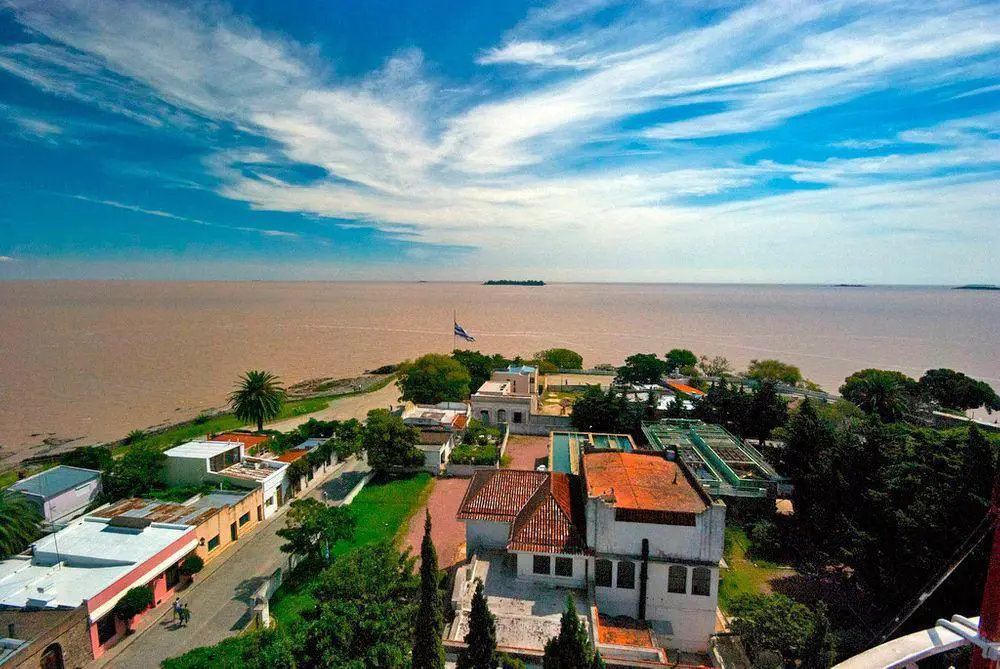
 In short
In short
The oldest town of Uruguay – Colonia del Sacramento – today is a silent and romantic retreat for tourists. Few centuries ago it was one of the centres of (then) stormy political life in this part of the world.
 44.4%
44.4%
GPS coordinates
Location, address
Founded
Period of flourishing
Area
UNESCO World Heritage status
Map of the site
If you see this after your page is loaded completely, leafletJS files are missing.
 In detail
In detail
Founding of the city
Portuguese established Nova Colonia do Santissimo Sacramento (The New Colony of Blessed Sacrament) in 1680 when on a government mission here arrived Manuel Lobo with five ships and 300 men. The location of the town was strategically very important – it was intended as a foothold in Río de la Plata – a gate towards the mines of Peru and vast agricultural areas.
First fortifications were started on the small island of St. Gabriel some 3 km from present-day Colonia del Sacramento and 45 km from Spanish Buenos Aires.
This Portuguese initiative was seen as dangerous to Spanish interests in the region. In this same year, Spanish troops invaded St. Gabriel Island and drove out the Portuguese. Thus here started a long fight between Portuguese and Spaniards.
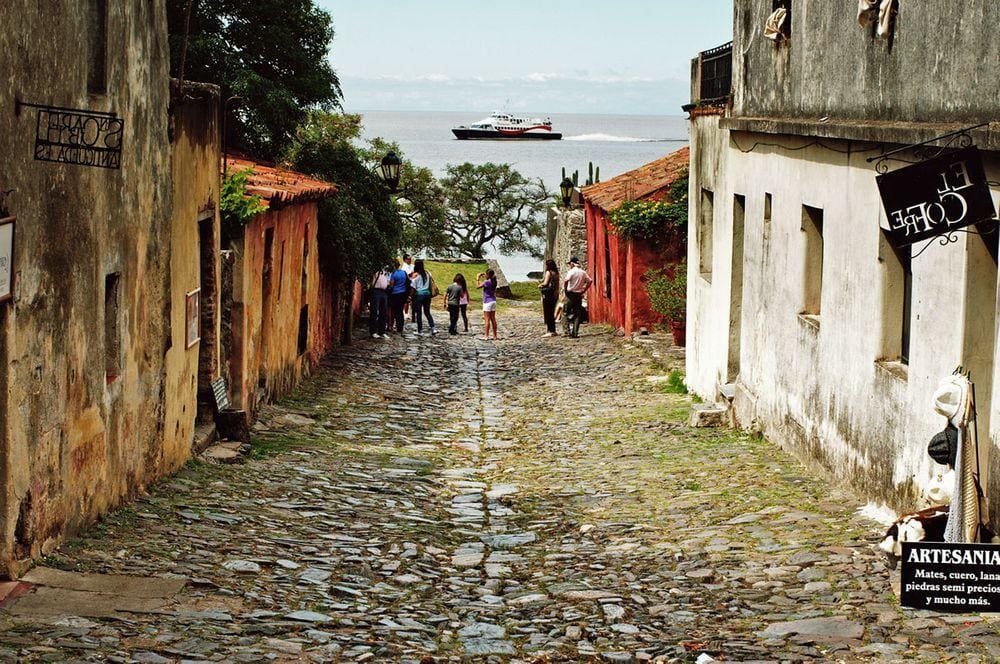
It may seem like a paradox, but rivalry fuelled the development of Buenos Aires and we can be sure – without Colonia del Sacramento Buenos Aires would be a different city today.
Portuguese rule
Portugal restarted the development of the city in the 1690s.
Spaniards destroyed the town in 1704 – 1705, during the War of Spanish Succession. Portuguese started to build the city again in 1715 and in 1718 there were living more than 1000 people.
Golden times of Colonia del Sacramento started in 1722, with the appointment of Antonio Pedro de Vasconcellos as Governor. He started the fast development of the city. Vasconcellos governed the city with much success and by 1750 it was well fortified and prosperous. In 1753 the skilled Portuguese military architect José Custódio de Sá e Faria designed improvements to fortifications.
In 1762 Spain took over the city, in 1763 it returned to Portugal but in 1777, after the siege, it became a Spanish city.
Spaniards and independence fights
As Spaniards took over, part of the fortifications and some buildings in the city were demolished, but otherwise there were no important visible changes. Settlers from Spain moved in and life continued.
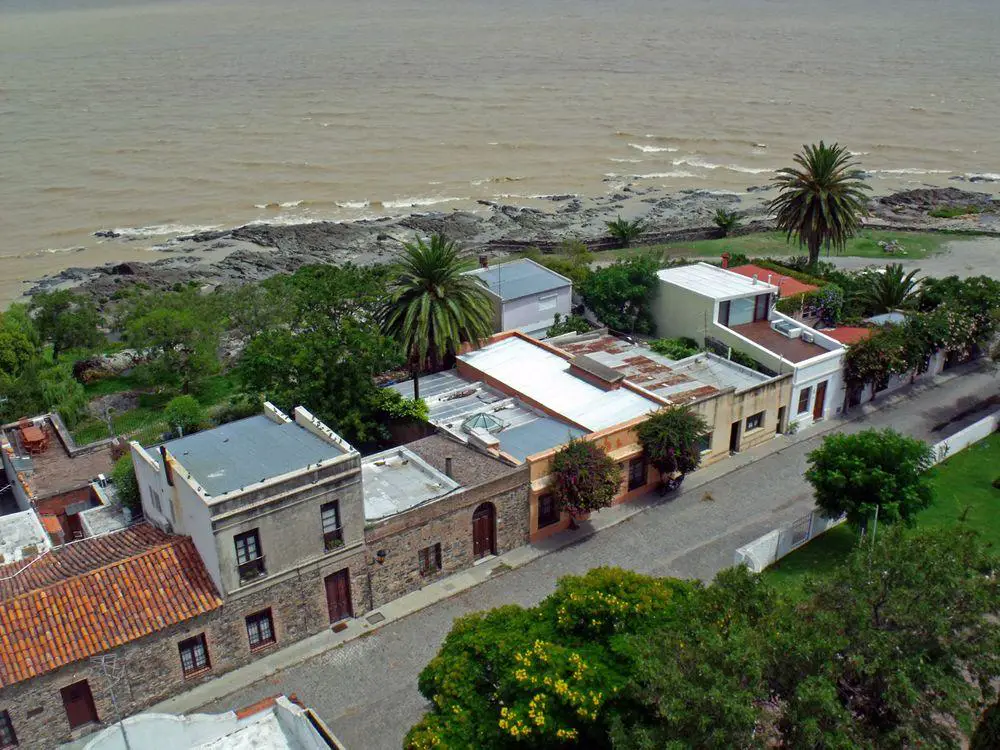
In 1811 – 1828 city experienced fierce independence battles, involving Portuguese and Brazil. In 1839 – 1851 the new nation of Uruguay was in war with Argentina and Sacramento again was under siege and suffered.
Peace and conservation
Since the middle of the 19th century the political situation in Southern America stabilized and peace came to Uruguay.
In 1859 there were demolished the last fortifications and started a new era of development in the city. Now Colonia del Sacramento expanded beyond the old borders.
In meantime there developed a new centre of Uruguay – Montevideo. Colonia del Sacramento lost its metropolitan flair and became a silent provincial town, thus saving its historical architecture and urban fabric.
The heritage value of the city was first recognized in 1924. After several attempts to set up a conservation regime, in 1969 started well coordinated efforts of government to conserve the old city. Government developed a certain policy to obtain wanted land plots for the development of public services in the city, numerous reconstruction activities have taken place.
In 1995 the historical centre of city was included in the prestigious UNESCO World Heritage List and remains the only Uruguayan monument in this list.
Description
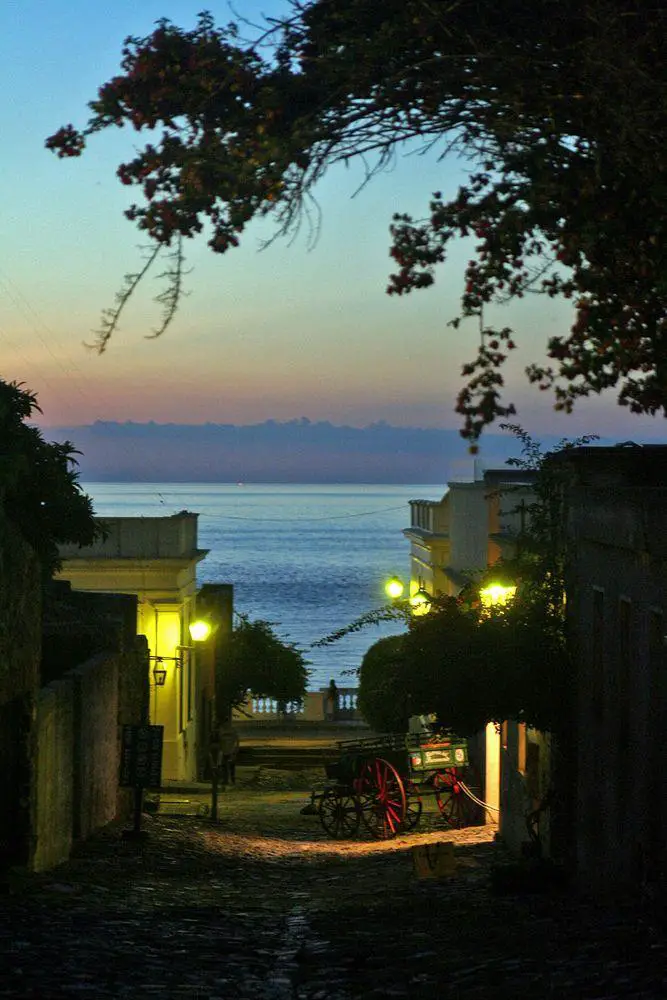
Planning
There is no similar city in this region of South America. Colonia del Sacramento merges the urban planning and architecture traditions of Portugal, Spain and their colonies. As the time went by, a distinct local tradition developed.
The city was developed on a tip of peninsula, protruding in Río de la Plata. City was surrounded by water from three sides. Fortifications were built across the peninsula – from north to south – along the present day Calle Ituzaingó.
Street network in the Old City (Barrio Histórico) developed according to the topography and did not follow the usual checkerboard pattern. Later parts of the city, outside the Old City, though follow the traditions of Spanish colonial planning.
Historical city contains 32 blocks and major part of historical buildings have been preserved in it. Here are located numerous historical buildings built in the 17th, 18th and 19th centuries. Some of these buildings are true palaces and many are simpler dwellings of artisans and shopkeepers.
Colonia del Sacramento has a charming townscape – everything here feels ancient – the cobblestone streets, old buildings, parks. Only the church and the lighthouse rise above the city, the original skyline is not disturbed by any other tall structure. Tourists love to take pictures of vintage cars, intentionally left on the streets.
Landmarks
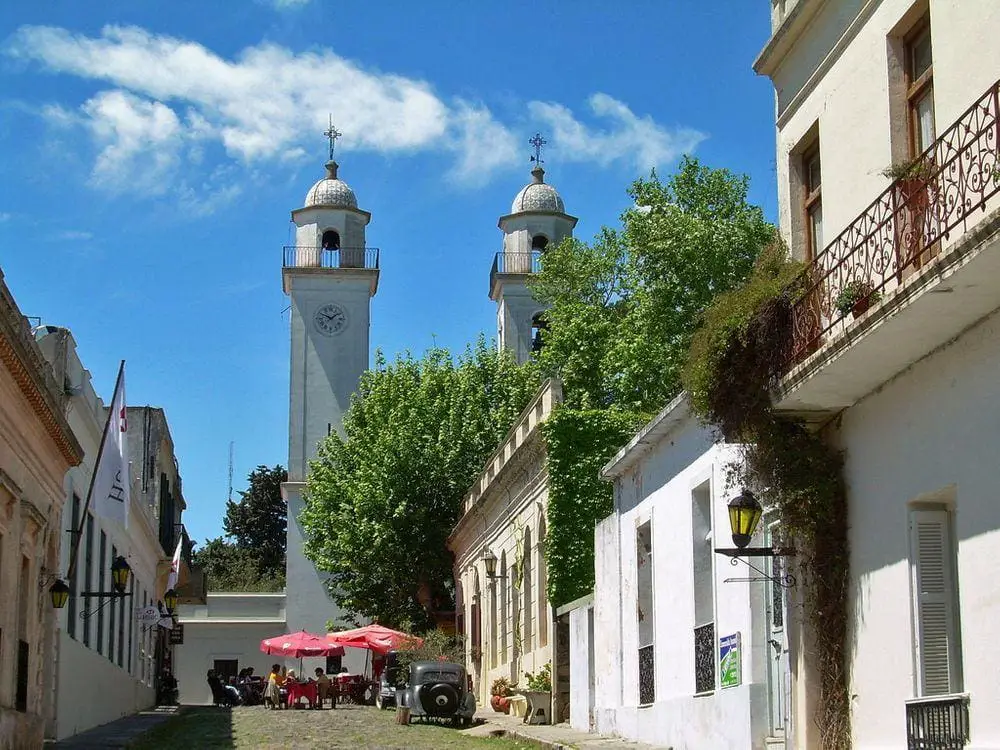
In the city have been preserved many interesting monuments, including these:
- The City Gate with drawbridge – Portón de Campo.
- Calle de los Suspiros – Street of Sighs. A small street with a sight on sea. Beautiful scene of wonderful photographs showing urban grit.
- Iglesia Matriz – the oldest church in Uruguay, built in 1695 – 1699.
- Portuguese Museum – a museum of Purtuguese colonial culture, located in a building which was constructed in the 18th century.
- Casa del Virrey – Viceroy’s House, a reconstructed building.
In former centuries visitors from Buenos Aires did not bring much good here. Today the situation has changed – most tourists come here from Argentina. Colonia del Sacramento today is a romantic retreat, a blend of (now) romantic past and beautiful architecture.
References
- Historic Quarter of the City of Colonia del Sacramento, Advisory Body Evaluation for the inclusion in the UNESCO World Heritage List. Accessed in 19.02.2012.
 Linked articles
Linked articles
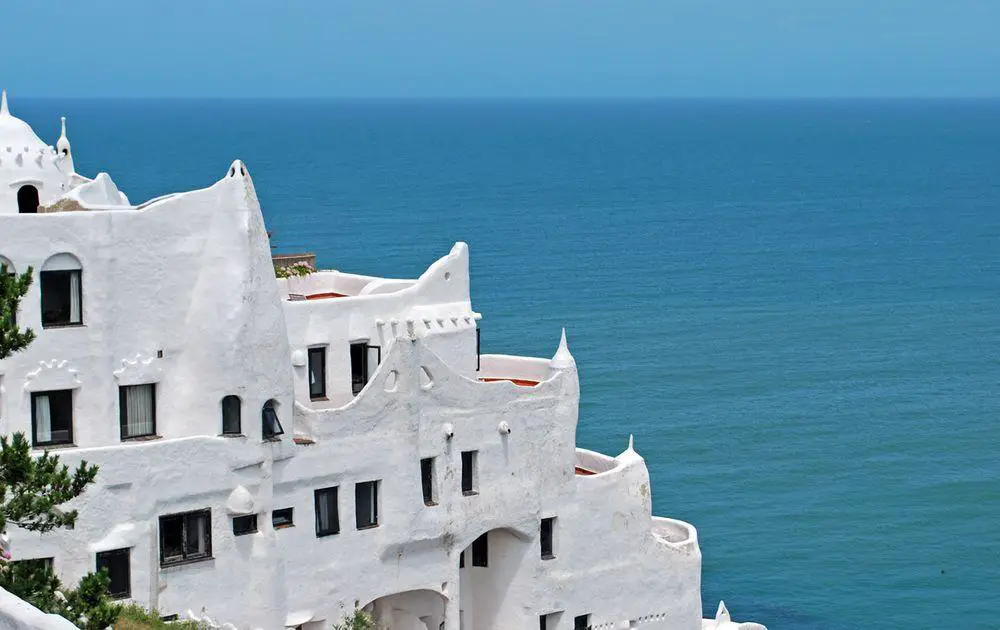
Wonders of Uruguay
If compared to the landscape of other South American countries, Uruguay is calm, idyllic, and refreshing. The country is not that rich with breathtaking natural landmarks, but this is compensated with diverse man-made heritage.
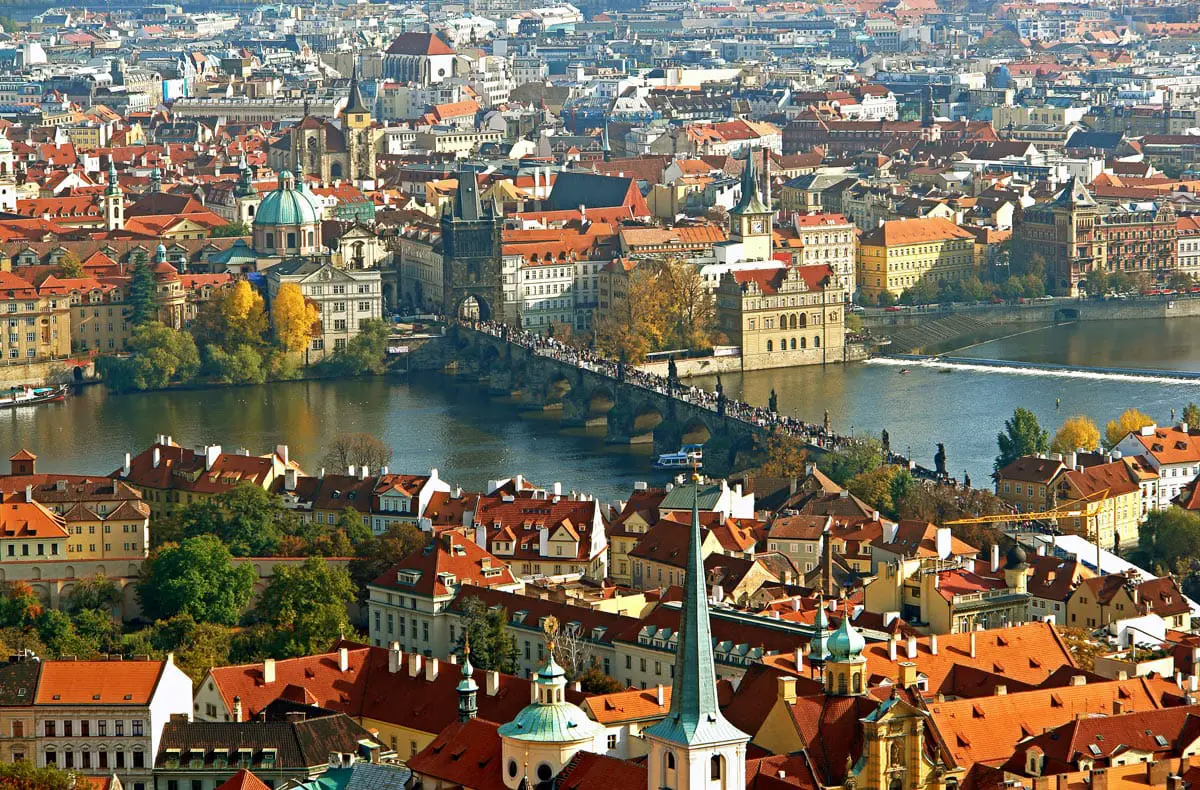
Cities and towns
Many of the most popular and exciting landmarks in the world are cities and towns. Millions of tourists are attracted to such cities as Venice, Florence, Prague, and Jerusalem. They never fail to impress and one will always find something new and unexpected here.
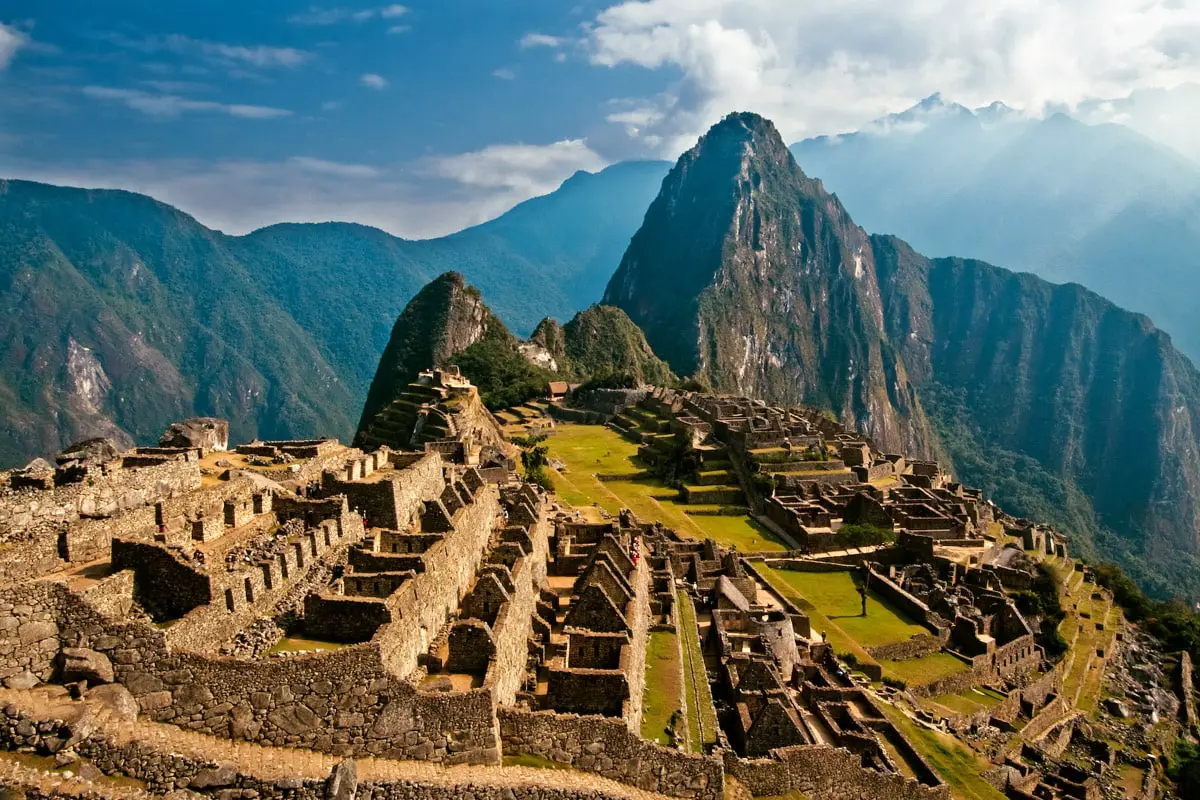
Wonders of South America
There is little doubt – South America is one of the most spectacular… maybe the most spectacular continent of the world.
There is located the second-highest mountain chain in the world, the largest rainforest, the tallest volcanoes, and the tallest and largest waterfalls. The highest biological diversity in the world is reached somewhere near the eastern ranges of the Andes in Ecuador, Peru, or Colombia.
 Recommended books
Recommended books
Uruguay (Bradt Travel Guide)
This new, fully updated third edition of Bradt’s Uruguay remains the only dedicated English-language guide to a country that’s small yet bursting with character. Bradt’s Uruguay provides in-depth coverage of the capital Montevideo, where the once-derelict colonial Old City is undergoing a historic resurgence, plus detailed information on the UNESCO-listed coastal city of Colonia del Sacramento, as well as Punta del Este, where the Buenos Aires glitterati decamps to the beaches each summer.
Guru’Guay Guide to Uruguay
Written by a Brit with all the contacts and knowledge accrued over almost twenty years living in Uruguay, this guidebook will make your holiday planning stress-free and ensure you have an unforgettable time in one of South America’s least-explored destinations.


